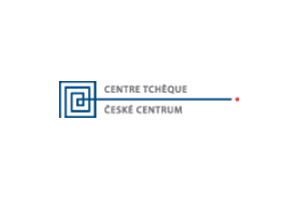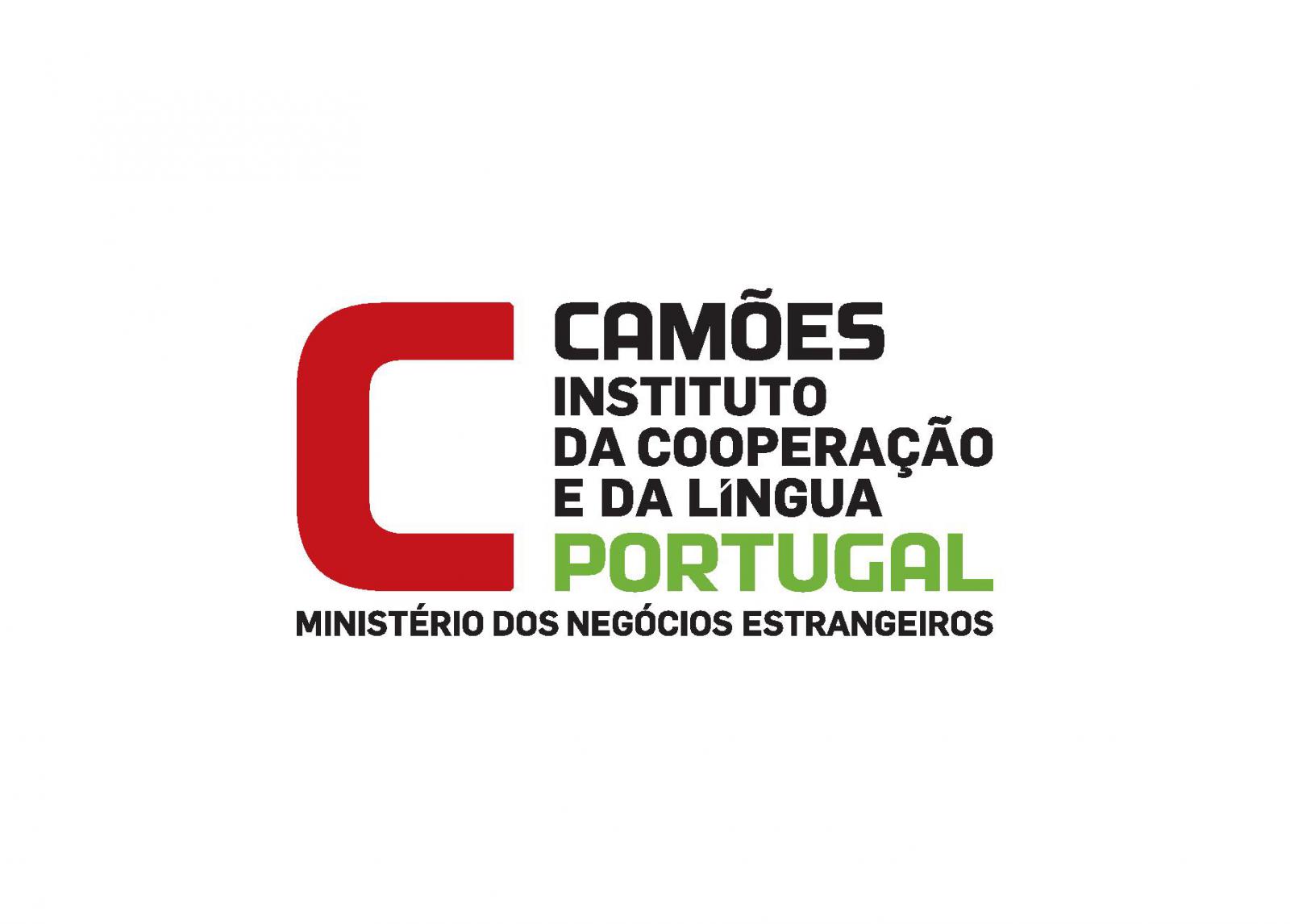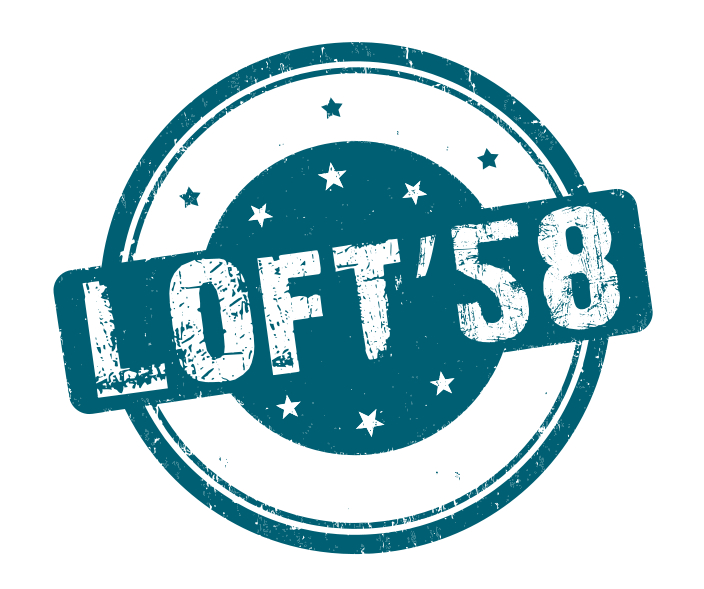Find a poem
Latest updates
-
TRANSPOESIE 2025
09/24/2025 -
Transpoesie 2025 - Programme
09/24/2025 -
Transpoesie 2025 - Open Call
04/16/2025
Content not found
Content not found
ce pornește din coapsă. îndoirea genunchilor apare ca preludiu al elevației. ce pornește din copasă. „eu în viața mea nu am fost tutelat de nimeni, nici când eram mic!” (George Enescu)
(în) bătaie, cu conotații negative sau pozitive: în bătaia vântului, te rup în bătaie, batt(u)allia, stârnire a peștelui, epocă în care se împerechează cocoșii de munte, izbire a pământului cu piciorul înainte de desprinderea de pe sol etc.
reducea toate variantele la o singură posibilitate, cea inevitabilă. te uită cum joacă găina. stai găină că te tai: în crescendo, tremolo, martellato, flageolette.
„încă din 1669, Raoul Feuillet propune prima notație coregrafică. ea constă în descrierea schematică a pașilor, a direcției mersului și a succesiunii figurilor; nu există indicații asupra mișcărilor de brațe sau a părții de sus a corpului.” (Dansul în secolul XX, Isabelle Ginot, Marcelle Michel)
Content Not Found
what begins in a thigh. bending the knees appears as prelude to elevation. what begins in a thigh. “Nobody has ever mentored me, not even when I was a child!” (George Enescu)
beat(ing), positive or pejorative: in a wind’s blow, I’ll beat you to death, batt(u)allia, blowing up the lake to stir the fish, a time when mountain cocks flap their wings to mate, tapping the ground with your foot then jump etc
all possibilities came down to one: the inevitable. look at the hen tapping. hold it, hen, I’ll cut you: crescendo, tremolo, martellato, flageolete, pianissimo.
“as early as in 1669, Raoul Feuillet came up with the first choreographic notation. he proposes a basic notation of steps, the gait direction and the figure sequence. there are no indications regarding the movement of the arms or of the upper parts of the body.” (Dancing in the 20th Century, Isabelle Ginot, Marcelle Michel)
Translation: Anca Roncea
Content not Found
ce qui part des hanches. la flexion des genoux comme prélude à l’élévation. ce qui part des hanches. « de toute ma vie je n’ai subi la tutelle de personne, pas même quand j’étais petit » (George Enescu)
(en) bataille, connotations négatives ou positives : battu par le vent, je te bats comme plâtre, batt(u)allia, battre l’eau, époque de l’accouplement des coqs de bruyère, appel du pied sur le sol avant de s’en élever etc.
il réduisait toutes les variantes à une seule possibilité, l’inévitable. regarde-moi la danser, la cocotte. du cran, ma cocotte, tu pars les pattes devant : en crescendo, tremolo, martellato, octavin, pianissimo.
« Dès 1669, Raoul Feuillet propose la première notation chorégraphique. Elle consiste en la description schématique des pas, de la direction de la marche et de la succession des figures. Rien n’est indiqué sur les mouvements des bras et du haut du corps. » (Isabelle Ginot, Marcelle Michel, La danse au XXe siècle)
Traduction : Laure Hinckel
Content not found
wat vanuit het dijbeen ontstaat. het buigen van de knieën lijkt een voorspel tot verheffing. wat vanuit het dijbeen ontstaat. „niemand heeft ooit toezicht op mij gehouden, zelfs niet toen ik klein was!” (George Enescu)
slaan/slaag, met positieve of negatieve bijklank: het slaan van de deuren, ik sla je verrot, batt(u)allia, het opdrijven van vis, het jaargetijde waarin de berghanen paren, op de grond roffelen alvorens op te stijgen, enz.
alle varianten teruggebracht tot één enkele mogelijkheid, de onvermijdelijke. moet je zien hoe de kip trappelt. sta stil kip dan slacht ik je: in crescendo, tremolo, martellato, flageolette, pianissimo.
„al in 1669 heeft Raoul Feuillet de eerste choreografische notatie bedacht. bestaande uit een schematische beschrijving van de passen, de looprichting en de opeenvolging van figuren; aanwijzingen over de bewegingen van de armen of het bovenlichaam ontbreken.” (Dans in de twintigste eeuw, Isabelle Ginot, Marcelle Michel)
Vertaling: Jan Willem Bos

.jpg)

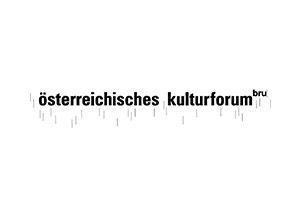
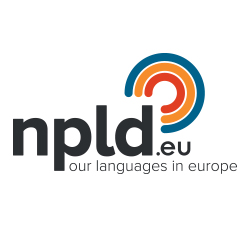
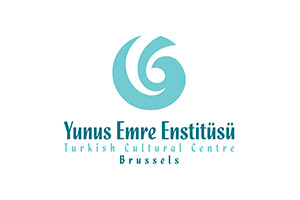
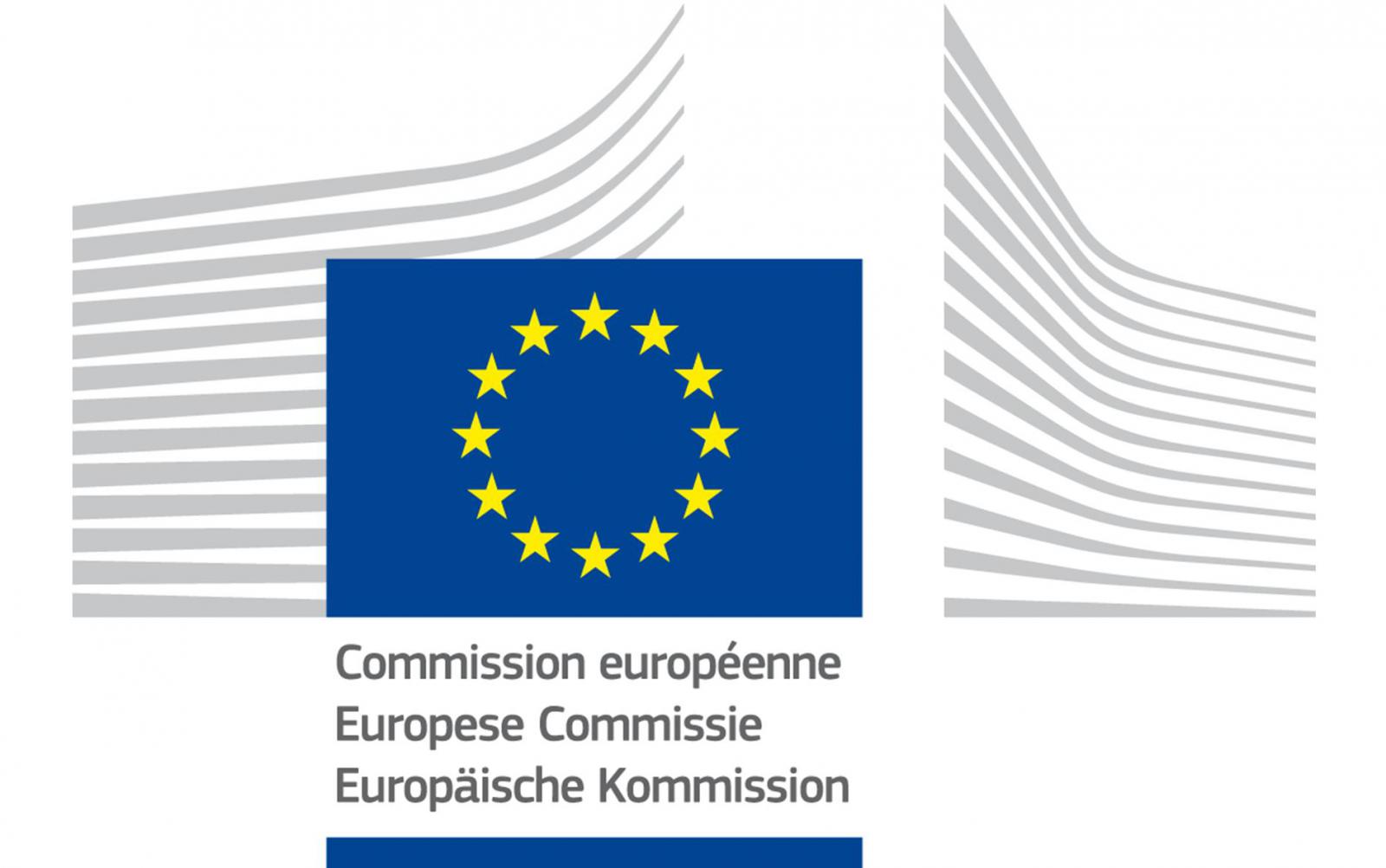
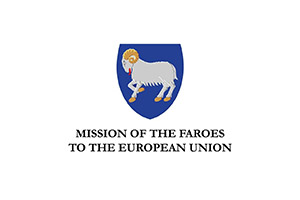
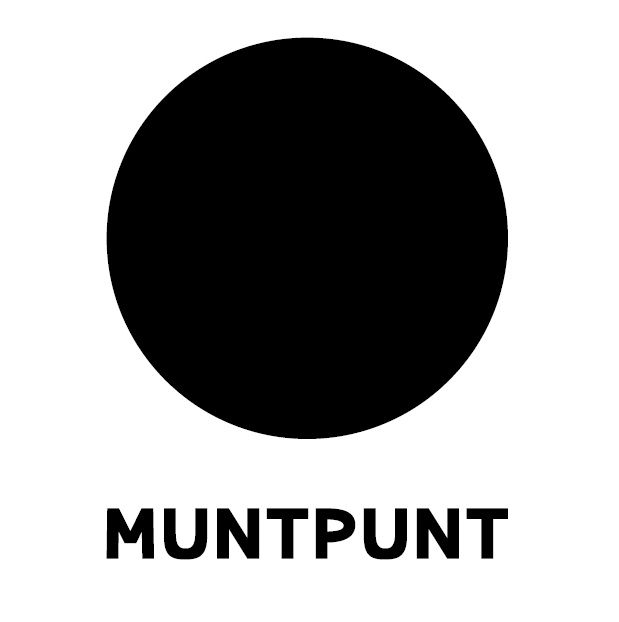


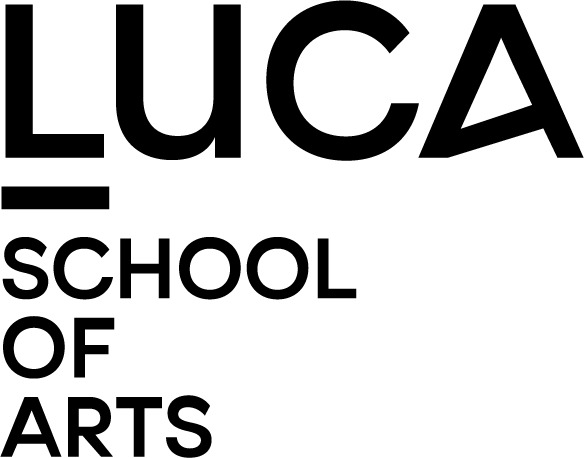

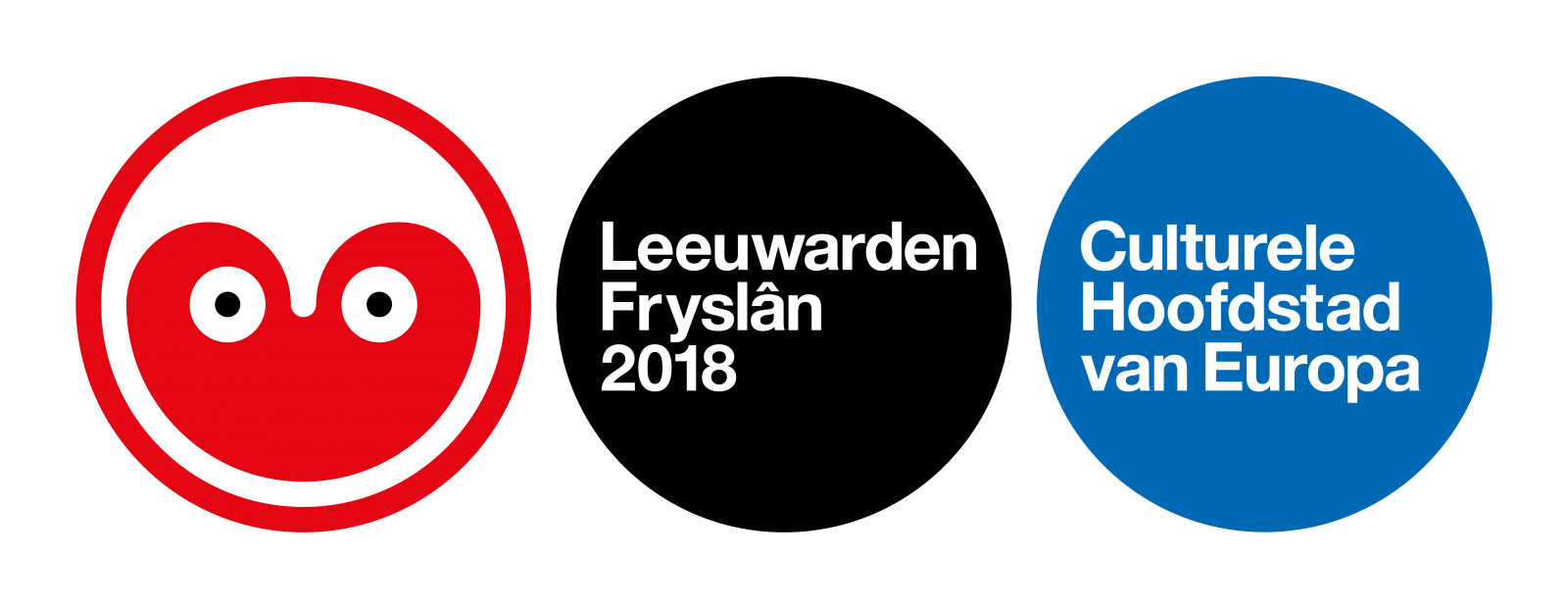

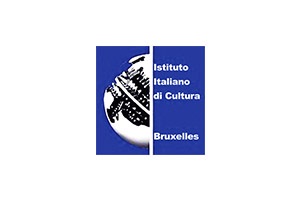
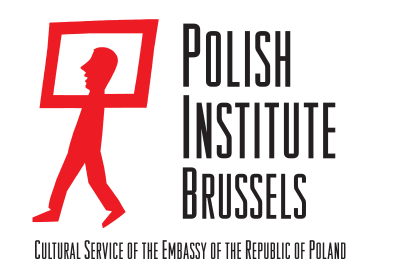


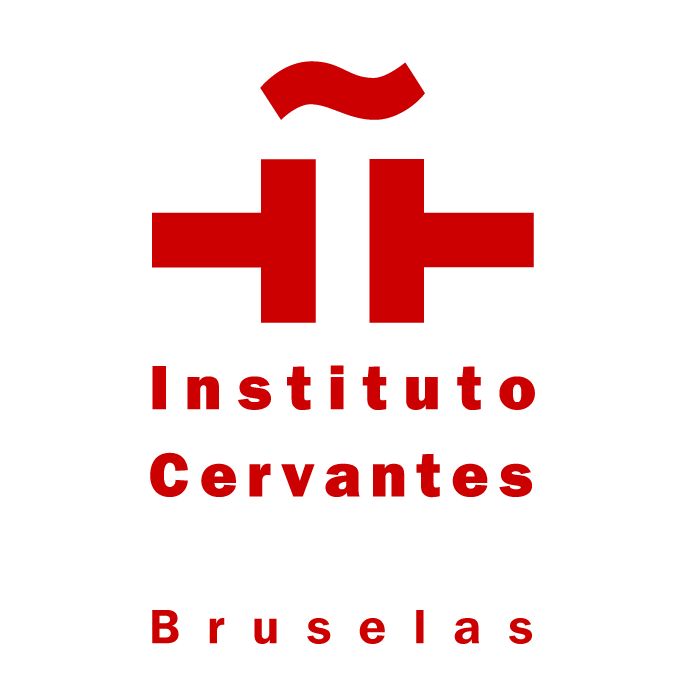
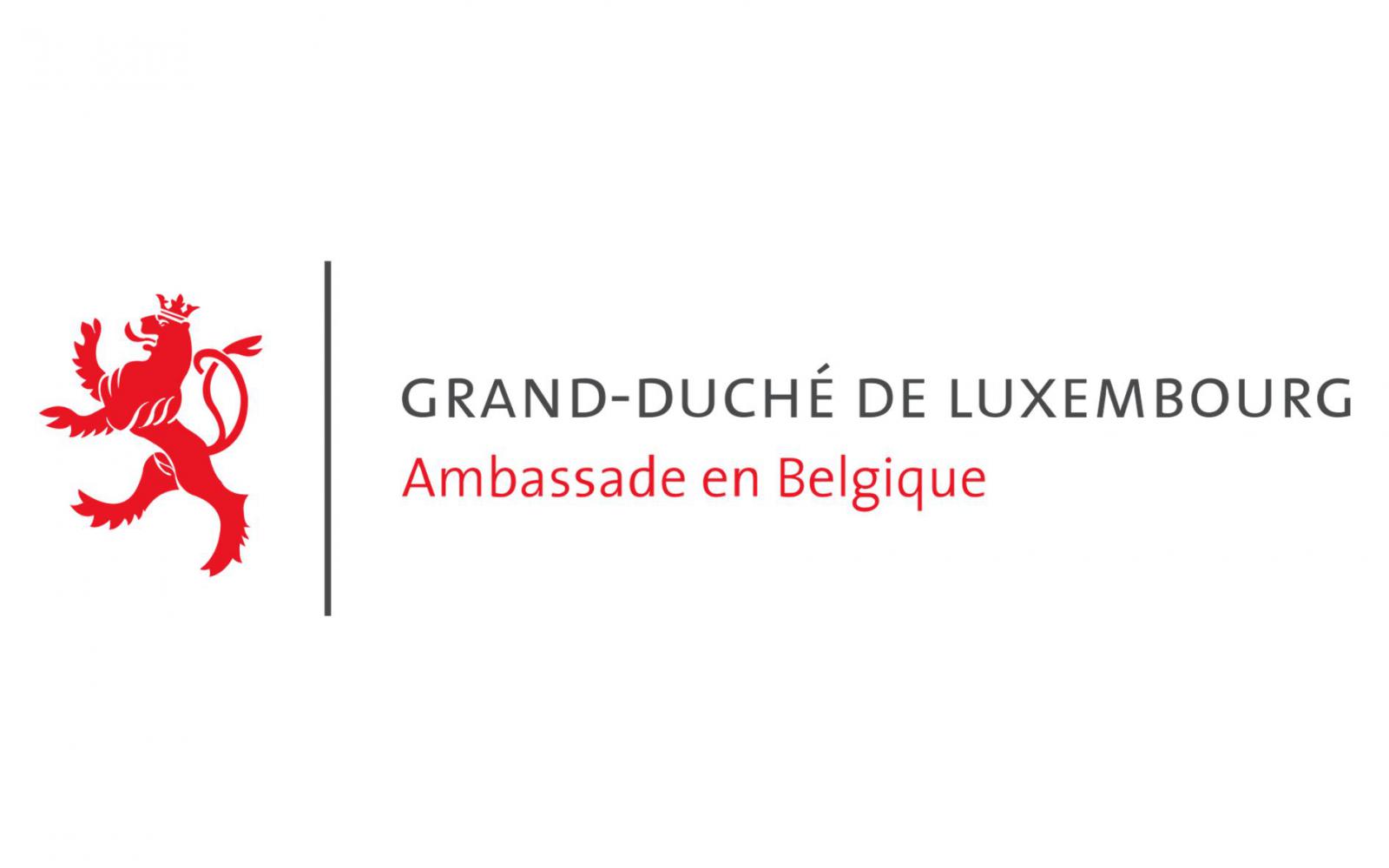
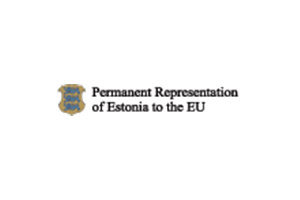

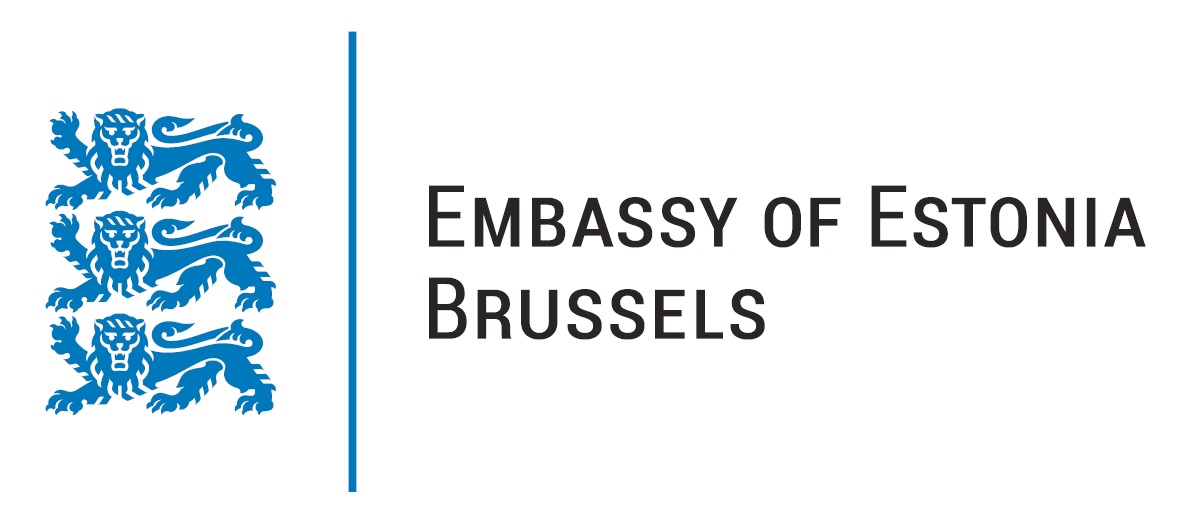
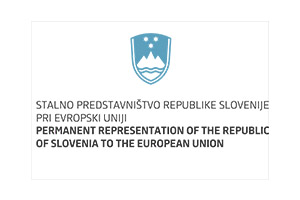
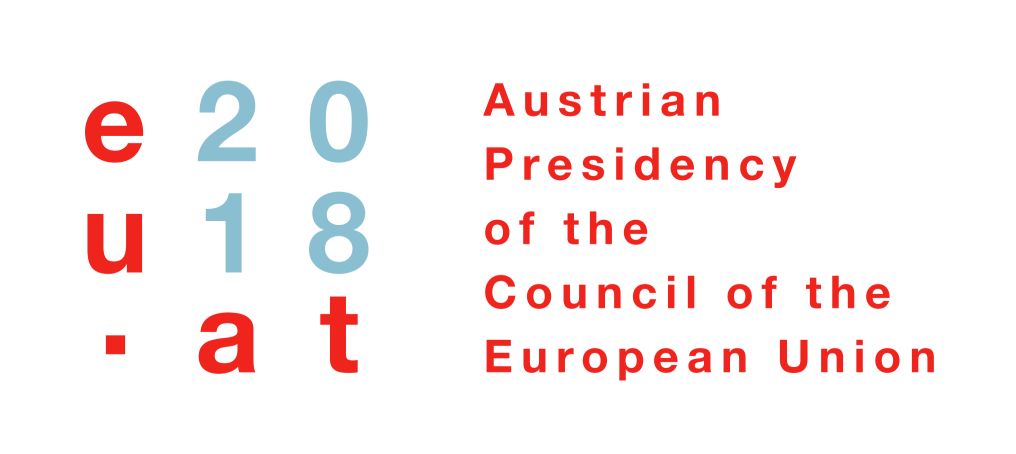
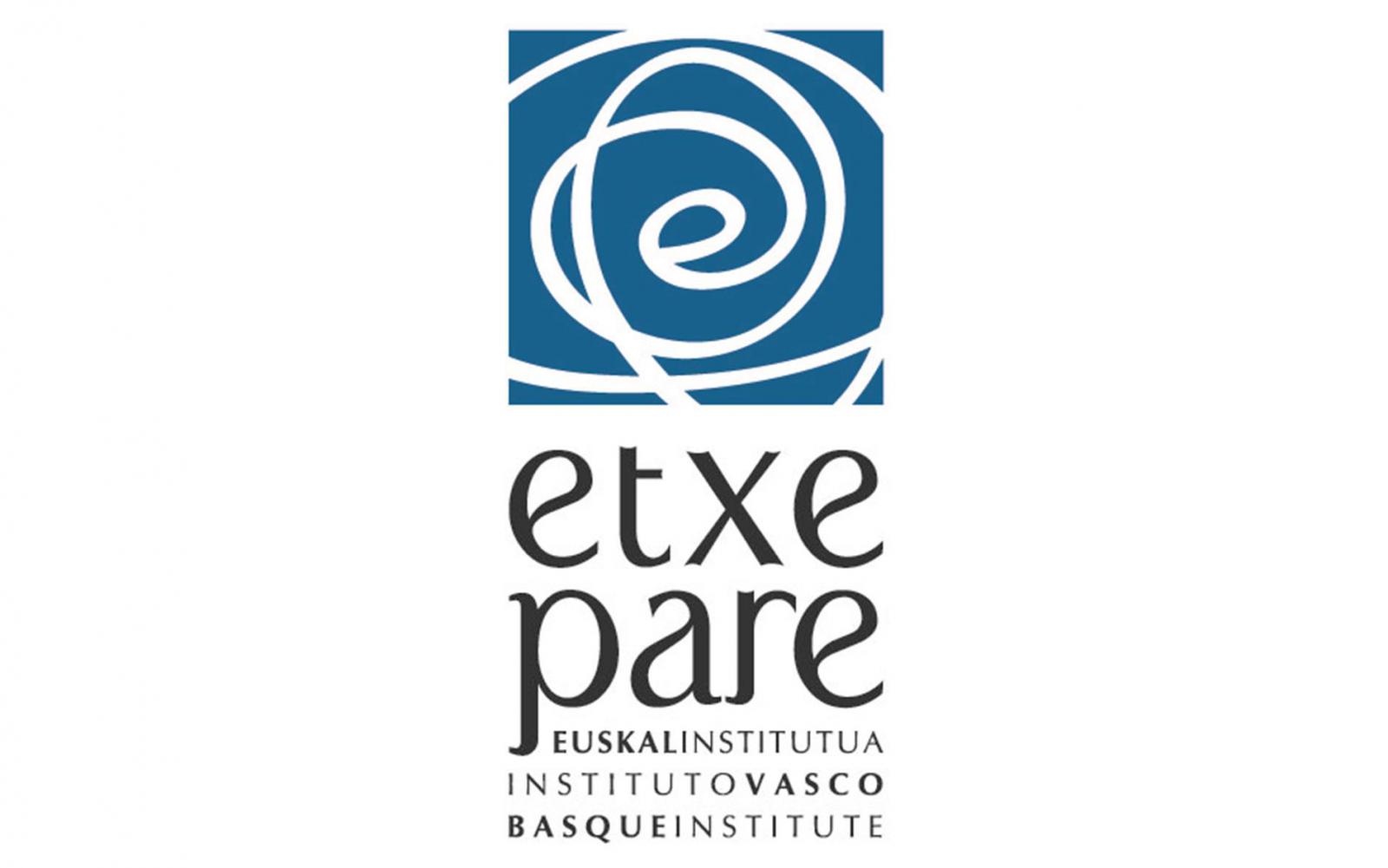
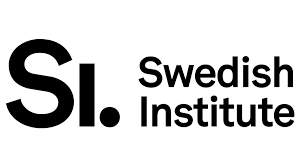

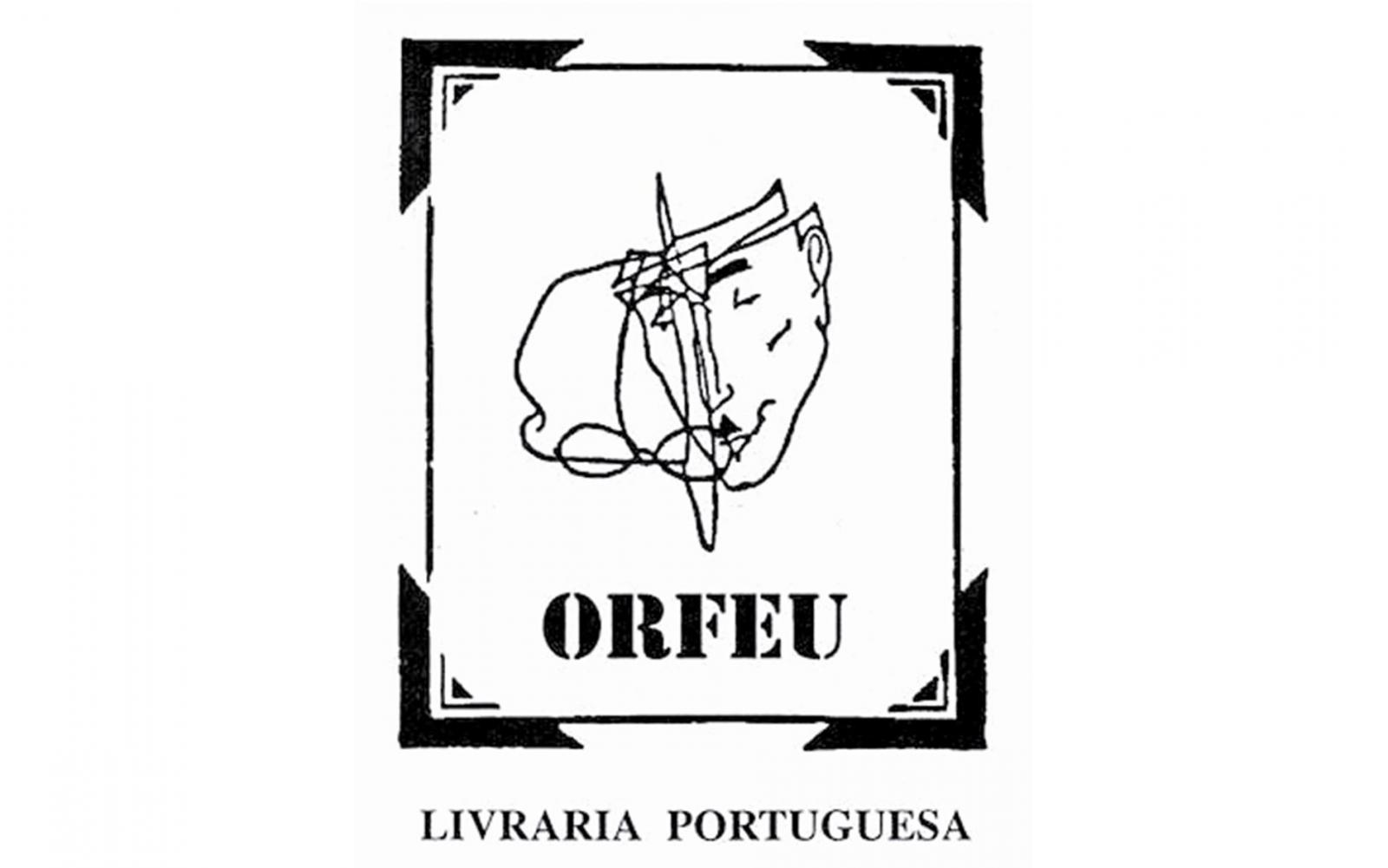
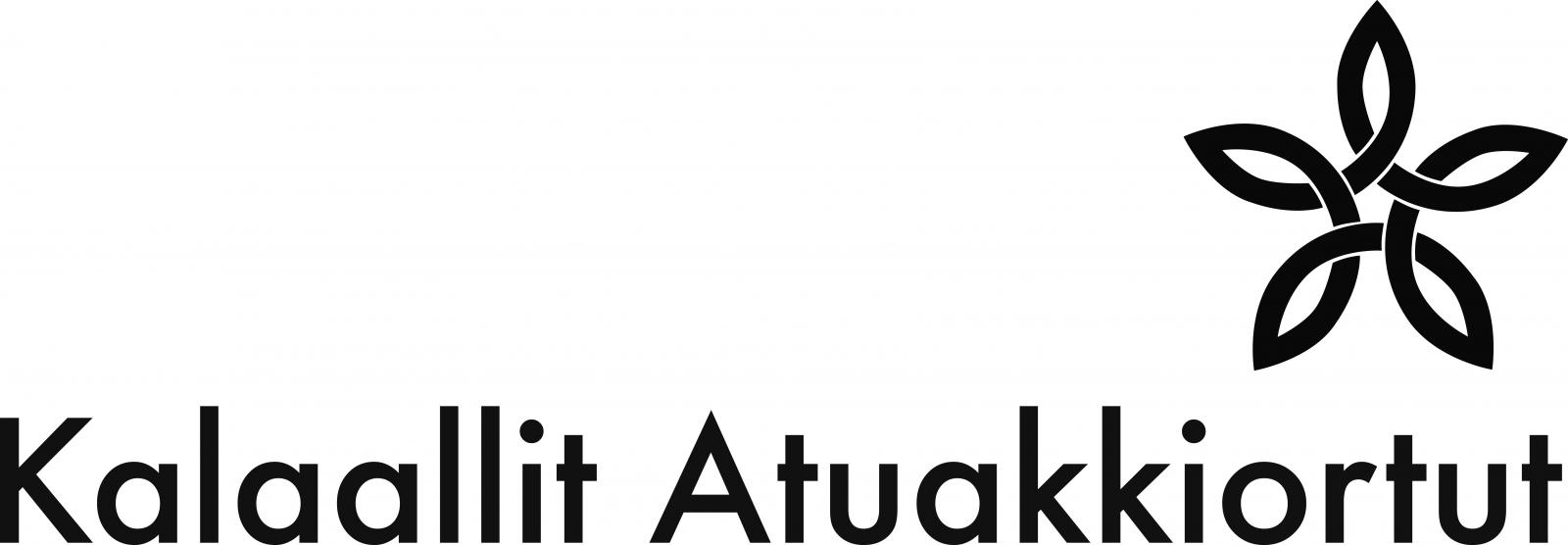
/RO - on the website.png)



